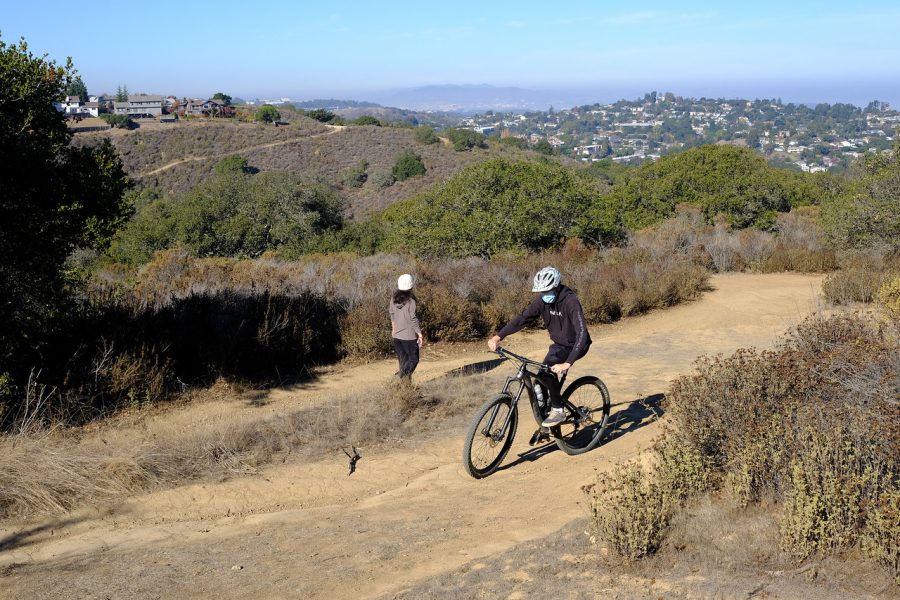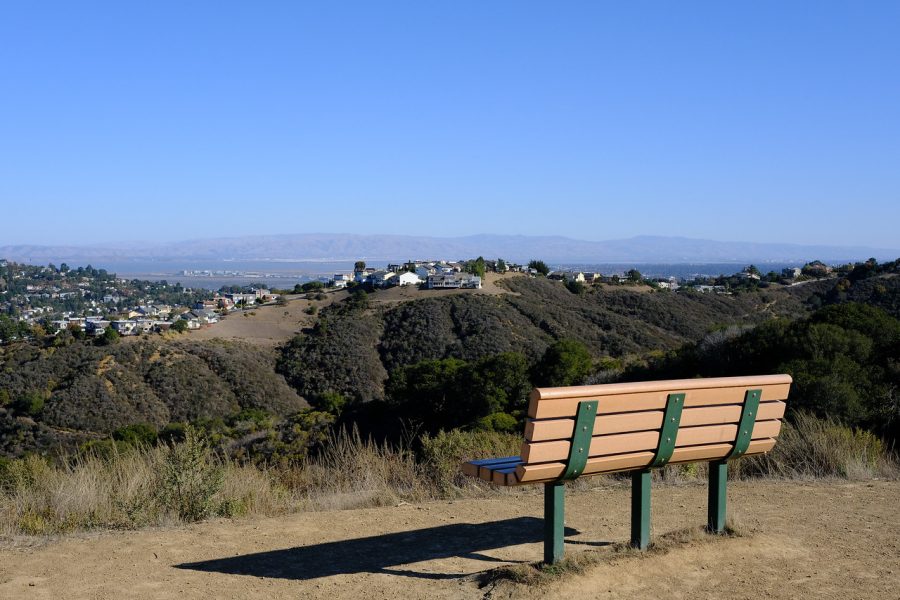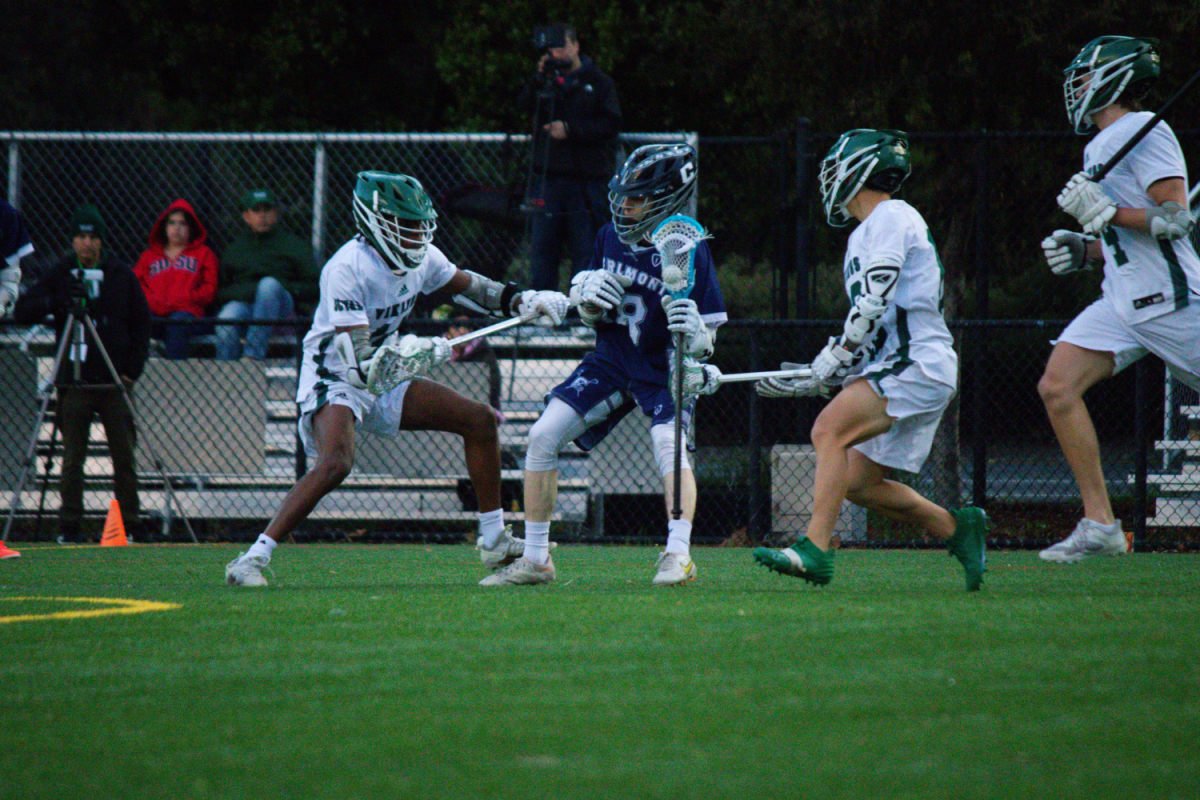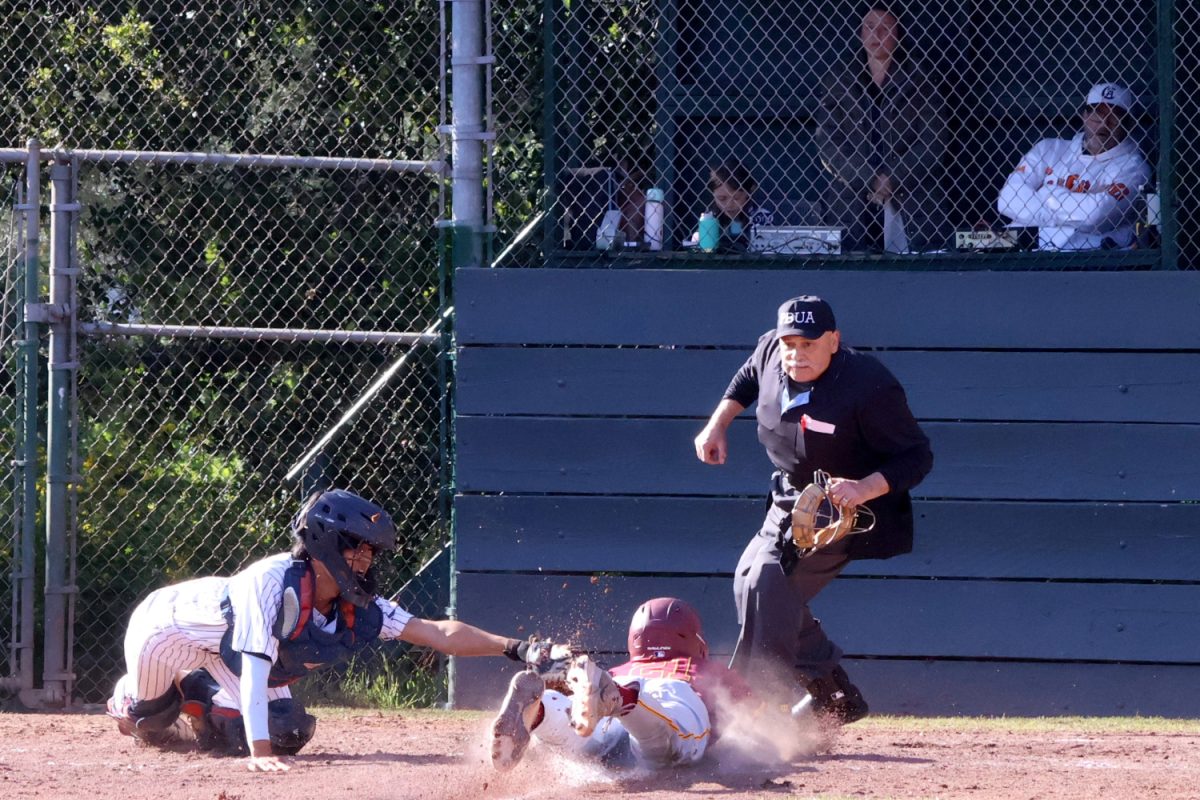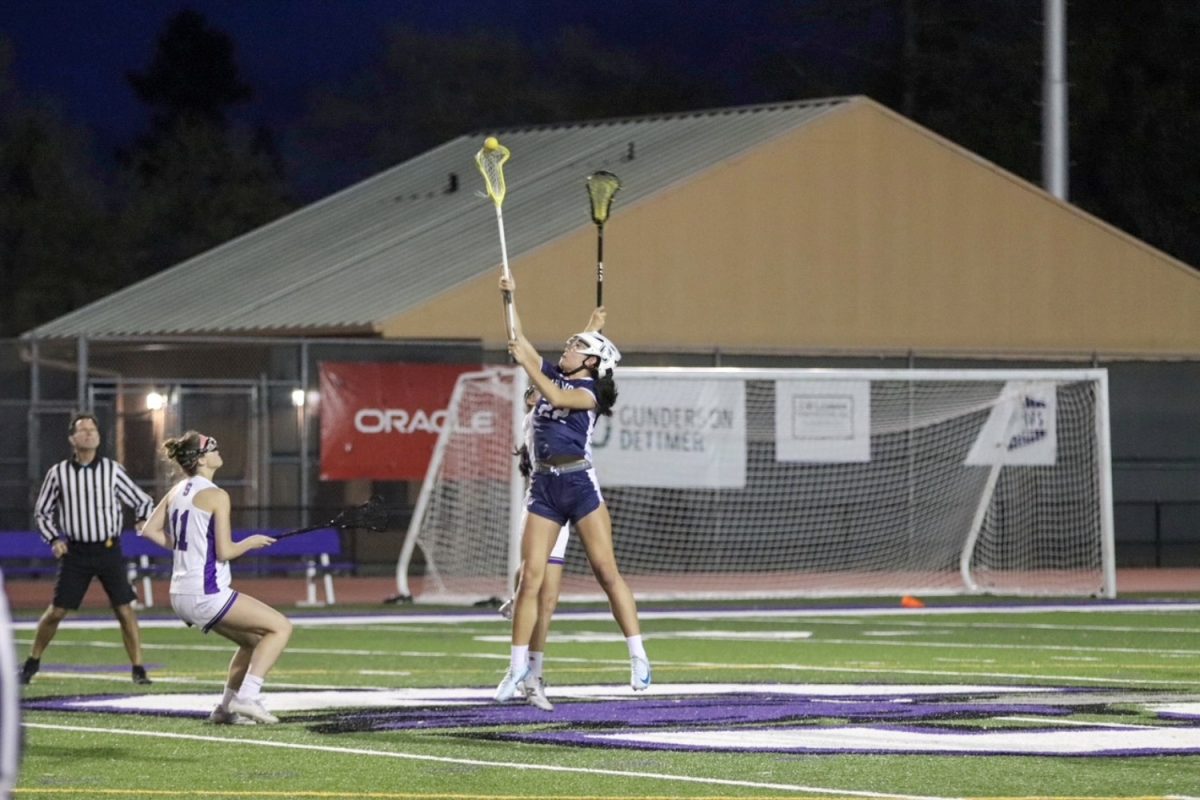Belmont’s open space trail systems always have been designated for mixed trail use; however, this may be subject to change in the foreseeable future.
There have been numerous concerns about pedestrians and bicyclists sharing trails, but the validity and significance of these concerns are uncertain.
“We have received a whole lot of input about our open space. Our community is quite passionate about it, and it’s easy to understand why – it’s an incredible asset,” said Parks and Recreation Commissioner Ulla Foehr.
According to a Belmont government document on Parks, Recreation, and Open Space (PROS), the open space systems are “considered key destinations for linkages to the bicycle and pedestrian networks” and are part of Belmont’s goal to continue the development of space that encompasses the needs of nature conservation and community benefit.
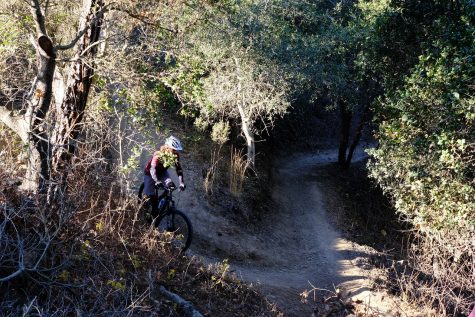
“Belmont’s open space is a wonderful amenity that offers access to nature and recreation for many different park visitors. We’re working on some exciting projects that we hope will make the outdoor experience more enjoyable for everyone,” said Parks and Recreation Director Brigitte Shearer.
Nevertheless, Belmont’s community is still torn on the issue of shared trails.
At a Parks and Recreation Commission meeting in August 2020 on the topic of mixed trail use in open space systems, 58 people expressed appreciation for mixed trail use, and 19 people expressed concerns about mountain biking on trails.
Each side expressed their concerns and possible solutions to those problems.
Moreover, prominent members of Belmont’s community have expressed concern over bikers in open space preserves. Specifically, Pat Cuviello, a candidate for Belmont City Council, has shown growing concern over the potential environmental impact of bikes on open space systems.
In his application for city council, he stated, “The main cause of trail and habitat erosion in Water Dog is sport mountain biking. Limiting bikers to the fire roads will help protect the ecology and wildlife of Water Dog.”
However, a study on the Environmental Impact of Mountain Biking from the City of Anacortes, Washington, showed that there was little correlation between mountain biking and erosion. More, the “computed estimates of soil loss per mile of trail also revealed the mountain biking trails to have the lowest soil loss.”
The city of Belmont is seeking to address the community’s considerations in its PROS Master Plan.
“The Parks and Recreation Department has just initiated a [PROS] Master Plan project by which we will be reaching out to the community to plan the 15 plus year vision for our parks, open spaces, athletic fields, and recreational opportunities,” Shearer said.
This involves installing new trail signs to replace the many old and missing signs and introducing a “Love Waterdog” campaign to “reinforce trail etiquette and care for the natural habitat.”
In the biking community, the concerns have also not gone unnoticed. Groups like the Mountain Bikers of Santa Cruz are working to preserve multi-use trails and keep their local trails safe for all users.
They recommend that bikers should practice “reducing speed well ahead of encountering other trail users, slowing down on blind corners, and using verbal contact or a bike bell to alert other trail users on approach.”
With many people expressing their wishes for the future of Belmont parks, the next foreseeable step would involve choosing a plan that will benefit the entire community equally.
As Belmont enters a new phase for its parks, it’s important to remember that the community’s interest is at the heart of the city.

